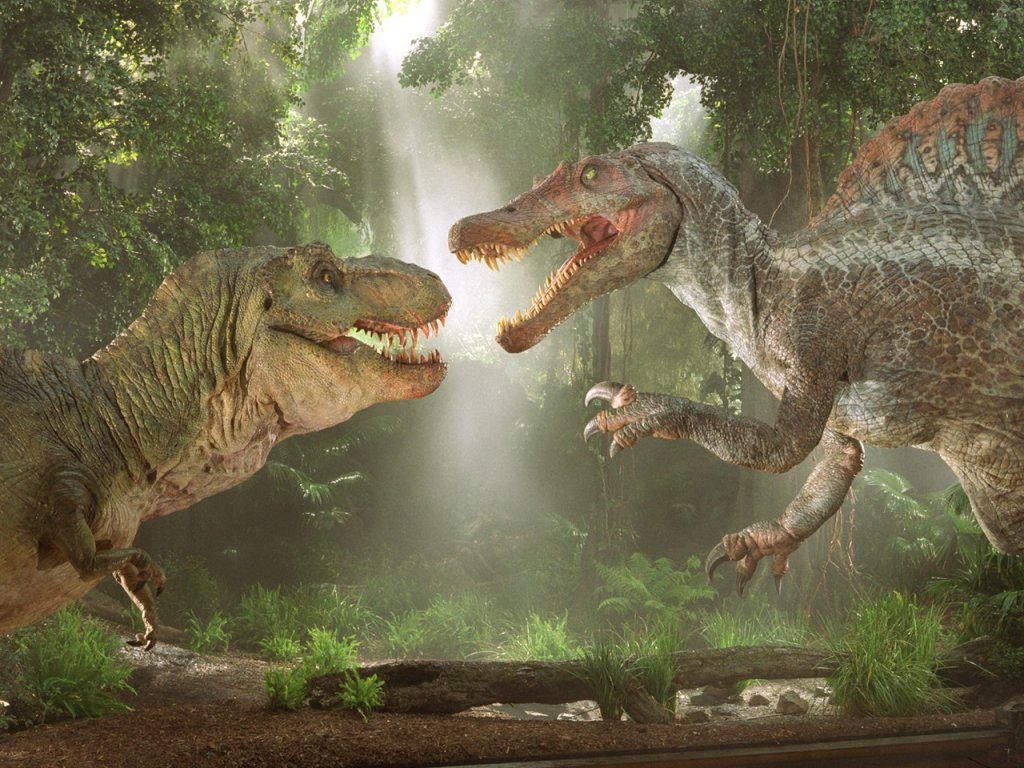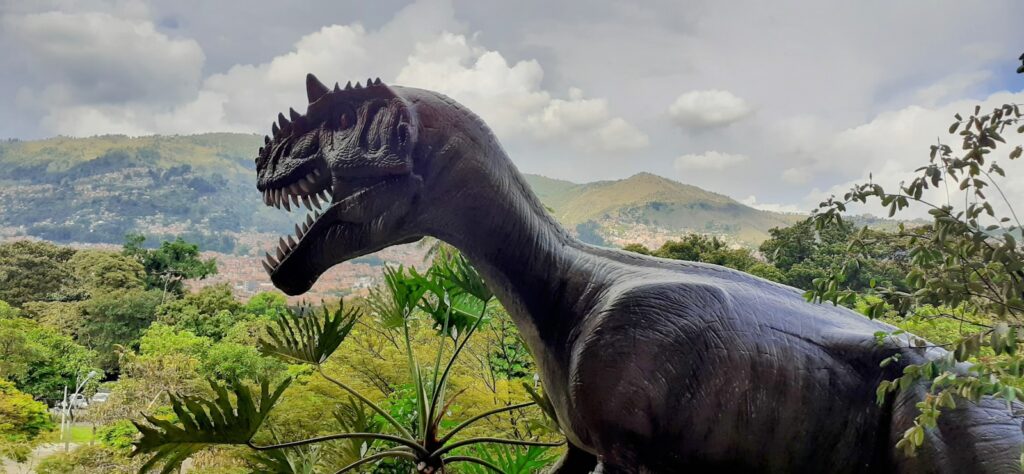A world where massive reptiles dominated the landscape, but they weren’t the dinosaurs we know today. Instead, crocodile-like archosaurs ruled supreme while small, agile creatures scurried through dense forests of primitive conifers. This was Earth 250 million years ago, at the dawn of the Triassic period—a time when our planet was healing from the greatest mass extinction event in its history and setting the stage for one of evolution’s most spectacular success stories.
The Post-Apocalyptic World of the Early Triassic

The Triassic period began in the aftermath of the Permian-Triassic extinction event, often called “The Great Dying.” This catastrophic event wiped out roughly 96% of marine species and 70% of terrestrial vertebrates, leaving behind a planet that resembled a post-apocalyptic wasteland. The survivors found themselves in a world with dramatically altered climates, depleted ecosystems, and vacant ecological niches waiting to be filled.
During the early Triassic, Earth’s landmasses were still joined together in the supercontinent Pangaea, creating a massive interior desert surrounded by a single ocean called Panthalassa. The climate was hot and arid, with no polar ice caps and atmospheric carbon dioxide levels potentially ten times higher than today. This greenhouse world provided the perfect laboratory for evolutionary experimentation.
The Archosaur Revolution
Among the survivors of the great extinction were the archosaurs, a group of reptiles that would become the ancestors of dinosaurs, crocodiles, and pterosaurs. These early archosaurs possessed several key innovations that gave them a competitive edge in the recovering ecosystems. Their improved jaw muscles, more efficient respiratory systems, and enhanced limb positioning made them formidable predators and successful colonizers of new environments.
The archosaurs diversified rapidly during the early Triassic, splitting into two major lineages: the pseudosuchians (crocodile-line archosaurs) and the avemetatarsalians (bird-line archosaurs). While pseudosuchians initially dominated as the apex predators, it was the avemetatarsalian lineage that would eventually give rise to dinosaurs. This split represents one of the most significant evolutionary branching points in vertebrate history.
The Mysterious Lagerpeton and Early Dinosaur Relatives
Before true dinosaurs appeared, several transitional forms bridged the gap between typical archosaurs and the dinosaur body plan. Lagerpeton, discovered in Argentina, represents one of these crucial evolutionary stepping stones. This small, rabbit-sized creature lived during the Middle Triassic and displayed a mosaic of primitive and advanced features that hint at the dinosaur blueprint still in development.
Lagerpeton’s elongated hindlimbs and modified ankle joint suggest it was already experimenting with the upright stance that would become dinosaurs’ signature trait. However, it retained many primitive features, including a sprawling posture and relatively simple teeth. These early dinosauromorphs demonstrate that the path to dinosaur evolution was not a straight line but rather a complex web of experimentation and adaptation.
Eoraptor: The Dawn Runner That Started It All
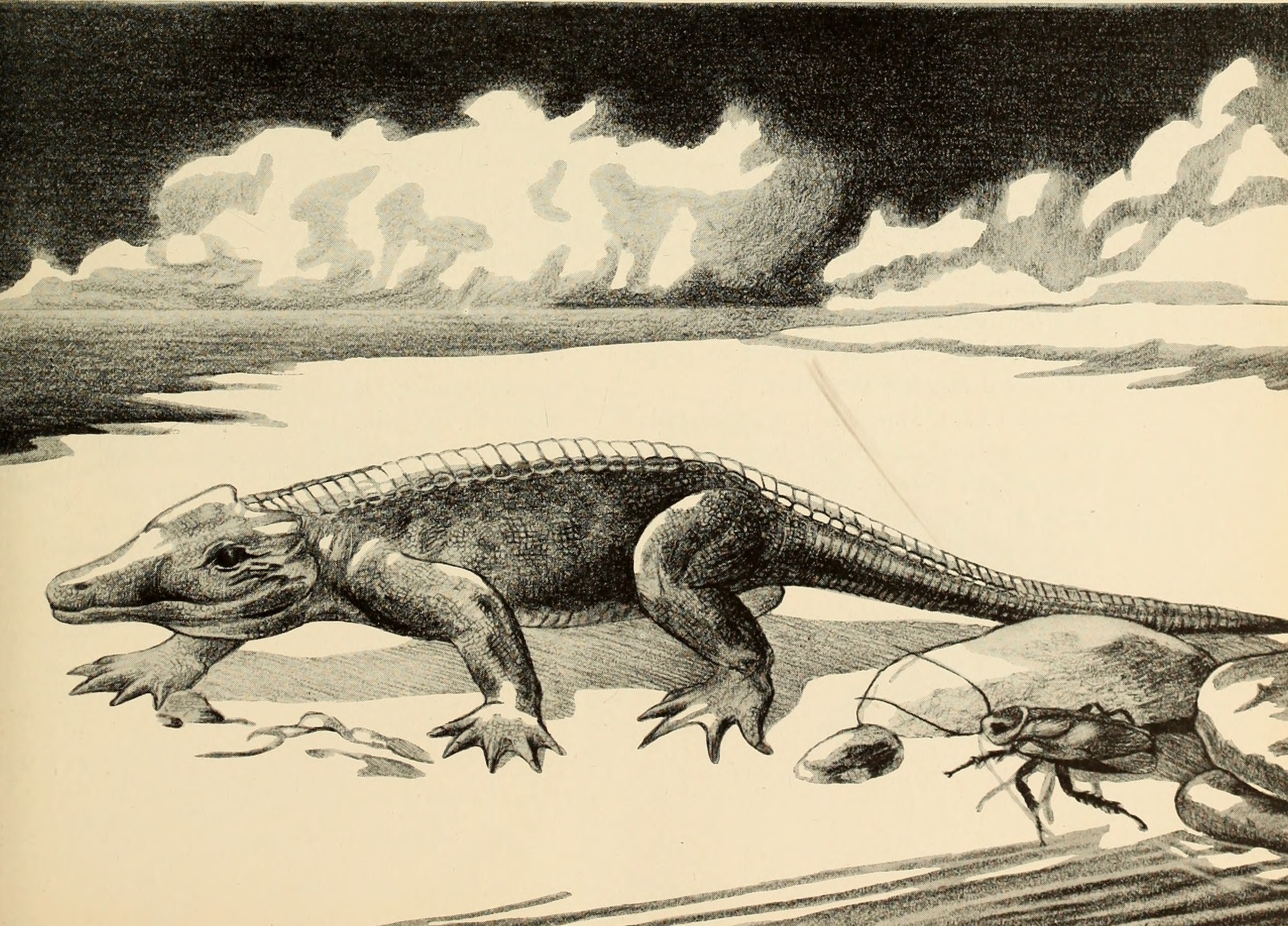
In the badlands of northwestern Argentina, paleontologists discovered one of the most important fossils in dinosaur evolution: Eoraptor lunensis, the “dawn runner.” Dating to approximately 231 million years ago, this small, bipedal creature represents one of the earliest known dinosaurs and provides crucial insights into what the first dinosaurs looked like and how they lived.
Eoraptor stood only about three feet long and possessed a mix of primitive and advanced characteristics that make it a perfect evolutionary snapshot. Its lightweight build, hollow bones, and long hindlimbs designed for running showcase the basic dinosaur body plan. Yet its simple, heterodont teeth and grasping hands reveal a generalist lifestyle that would later diversify into the spectacular array of dinosaur forms we know today.
The Herrerasaurus Enigma
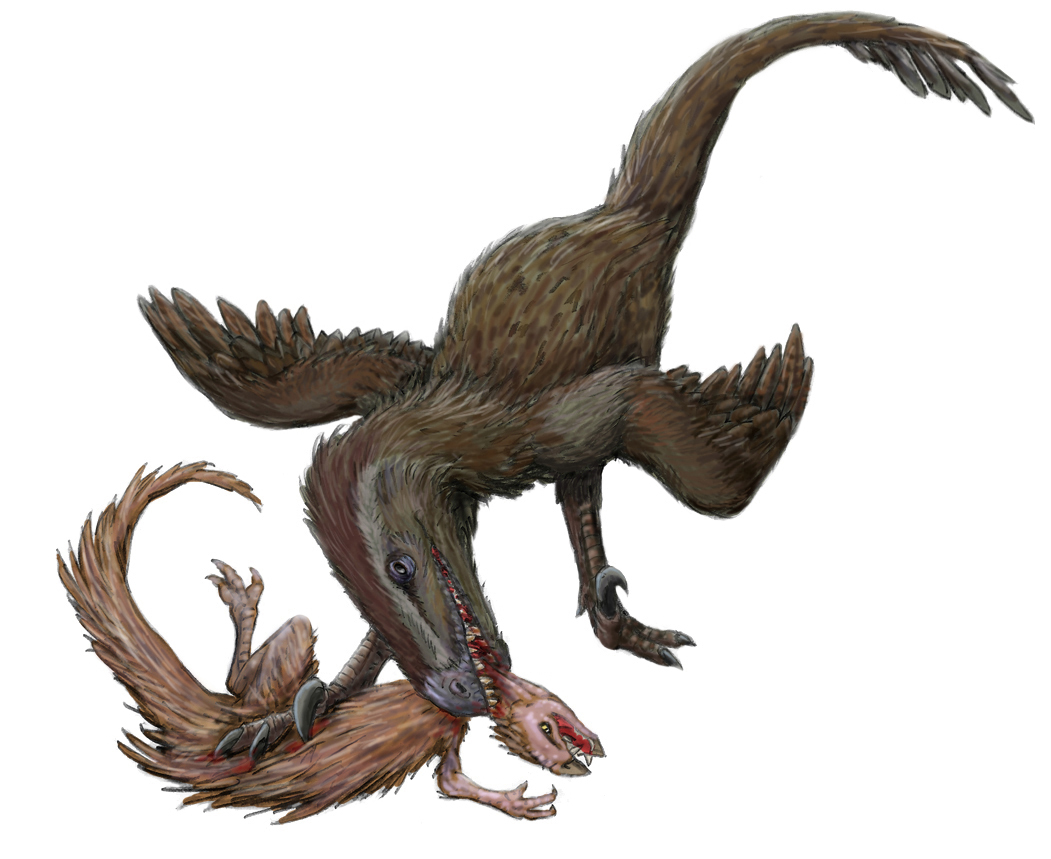
Around the same time and place as Eoraptor, another crucial player in early dinosaur evolution was making its mark: Herrerasaurus ischigualastensis. This six-foot-long predator presents paleontologists with a fascinating puzzle about early dinosaur relationships and the origins of carnivorous behavior in the group.
Herrerasaurus possessed many advanced features, including a partially perforated hip socket and specialized jaw muscles for delivering powerful bites. However, its classification has been debated for decades, with some scientists arguing it represents a very early theropod dinosaur while others suggest it branched off before the main dinosaur lineages split. This ongoing debate highlights how rapidly dinosaurs were evolving and diversifying during their earliest phases.
The Rise of the Coelophysids

As the Triassic progressed, dinosaurs began to establish themselves as significant players in terrestrial ecosystems. The coelophysids, a group of slender, bipedal predators, represent some of the first dinosaurs to achieve widespread success and geographic distribution. Coelophysis, perhaps the most famous member of this group, has been found in massive bone beds in New Mexico, suggesting these early dinosaurs lived in social groups.
These graceful predators, reaching lengths of up to ten feet, showcased the dinosaur body plan’s potential for producing efficient hunters. Their long necks, sharp teeth, and powerful hindlimbs made them formidable predators of small reptiles, early mammals, and other dinosaurs. The discovery of hundreds of Coelophysis specimens together has revolutionized our understanding of early dinosaur social behavior and pack hunting strategies.
Plant-Eating Pioneers: The First Herbivorous Dinosaurs
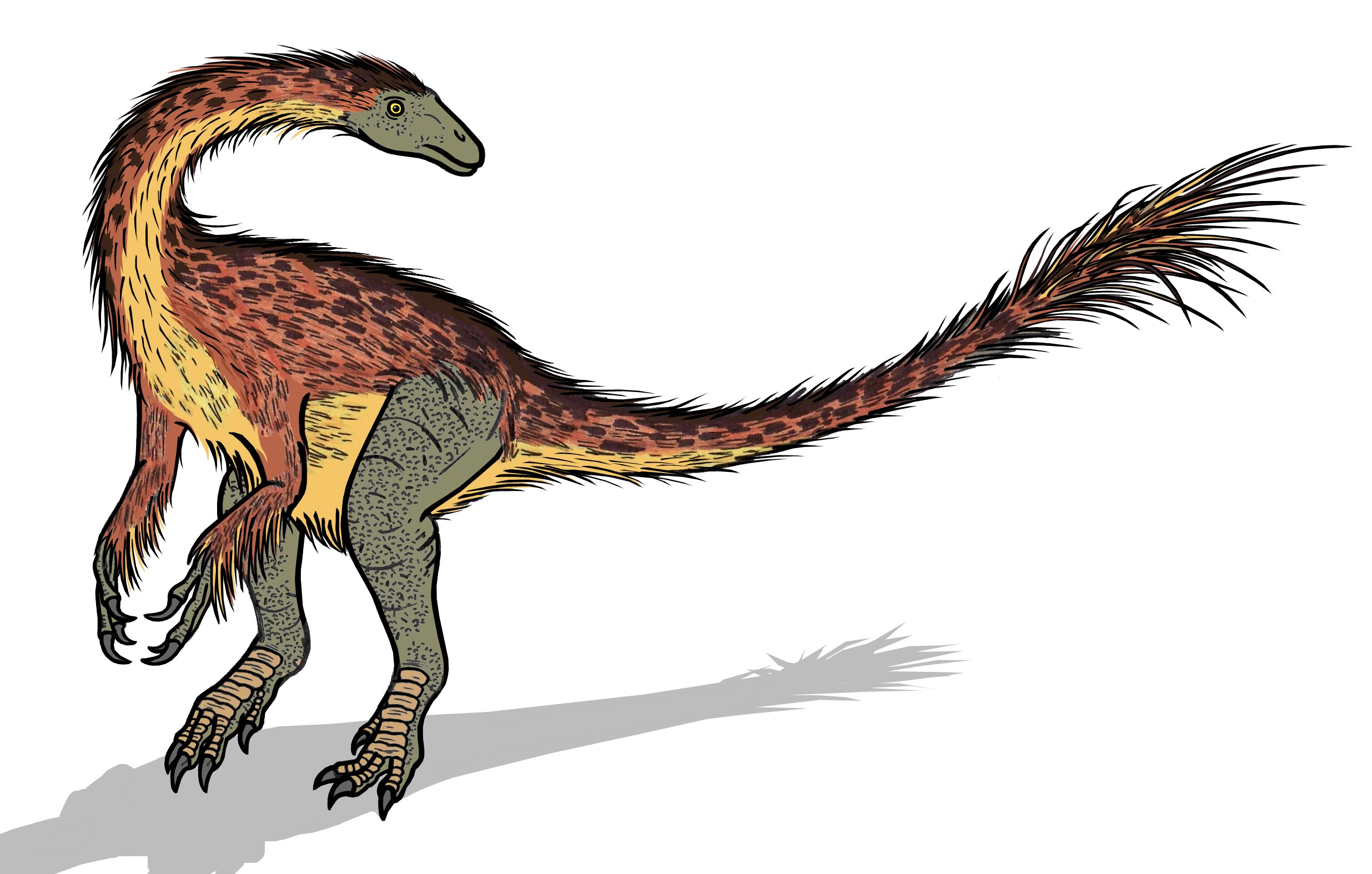
While early dinosaurs were primarily carnivorous, the late Triassic witnessed the emergence of the first plant-eating dinosaurs, marking a crucial expansion into new ecological niches. Plateosaurus, a prosauropod dinosaur from Europe, represents one of the earliest successful herbivorous dinosaurs and provides insight into how these animals adapted to a plant-based diet.
These early herbivorous dinosaurs faced significant challenges in processing tough plant material without the sophisticated dental batteries that would later evolve in advanced herbivores. Instead, they relied on gastroliths—stones swallowed to help grind plant matter in their stomachs—and likely possessed complex gut bacteria to aid in digestion. This evolutionary innovation opened up vast new food resources and set the stage for the giant sauropods that would dominate later periods.
The Triassic Greenhouse and Dinosaur Distribution

The unique climate conditions of the Triassic period played a crucial role in shaping early dinosaur evolution and distribution. The hot, humid greenhouse world with minimal seasonal variation created vast forests of conifers, ferns, and cycads that stretched across much of Pangaea. This relatively uniform climate allowed dinosaurs to spread rapidly across the supercontinent without encountering major climatic barriers.
However, the intense heat and aridity of the Triassic also created challenges that may have driven key evolutionary innovations. The need to regulate body temperature in such extreme conditions may have contributed to the development of more efficient respiratory systems and potentially even the earliest forms of behavioral thermoregulation. These adaptations would prove crucial for dinosaurs’ later success in diverse environments.
Competition with Crocodile-Line Archosaurs
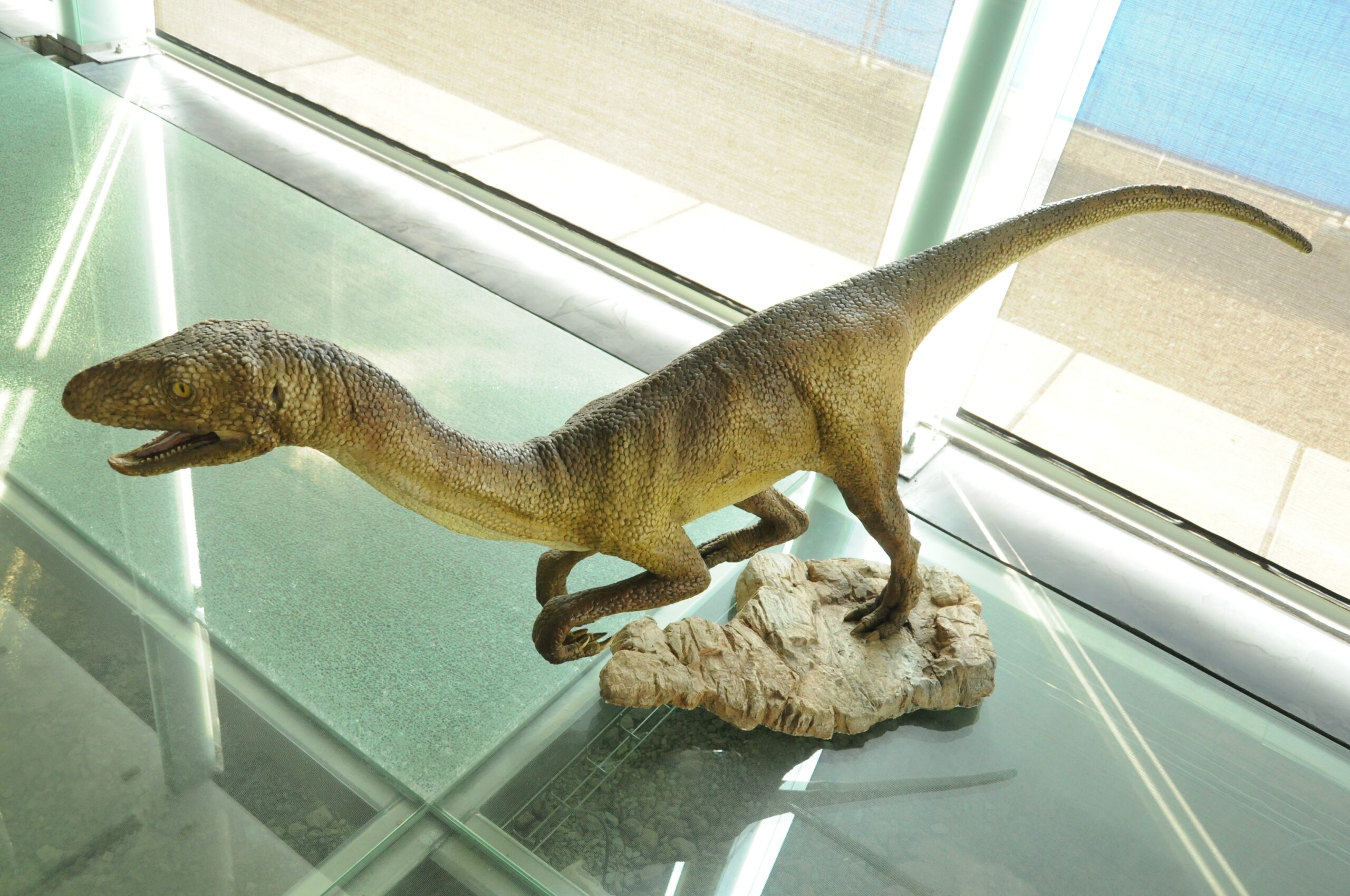
Early dinosaurs didn’t have the Triassic world to themselves. They faced fierce competition from pseudosuchian archosaurs, including heavily armored aetosaurs and fearsome predators like Postosuchus. These crocodile-line archosaurs were often larger and more heavily built than early dinosaurs, dominating many ecological niches as apex predators and large herbivores.
The competition between these two archosaur lineages was intense and shaped the early evolution of both groups. Dinosaurs initially succeeded by occupying smaller body sizes and more specialized niches, using their enhanced agility and metabolic efficiency to outcompete their pseudosuchian rivals. This evolutionary arms race ultimately prepared dinosaurs for their later dominance when changing environmental conditions favored their particular suite of adaptations.
The Carnian Pluvial Event and Dinosaur Expansion
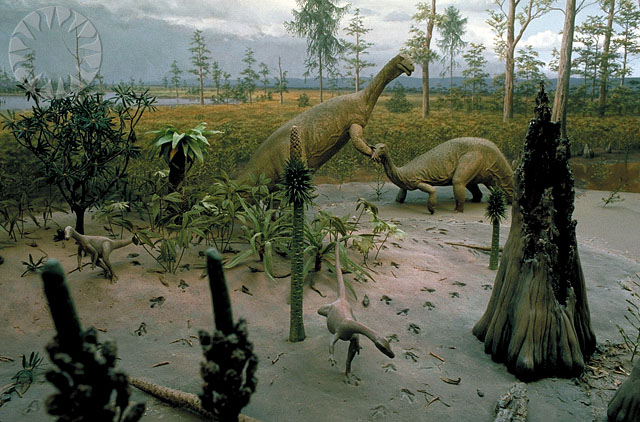
Around 233 million years ago, the relatively stable Triassic climate was disrupted by a major environmental event known as the Carnian Pluvial Event. This period of increased rainfall and humidity transformed the predominantly arid Triassic landscape into a more diverse mosaic of environments, creating new opportunities for evolutionary innovation and ecological expansion.
The Carnian Pluvial Event coincided with a significant increase in dinosaur diversity and abundance, suggesting that these environmental changes may have provided the catalyst for their initial radiation. The more varied landscapes and climate conditions allowed dinosaurs to explore new ecological strategies and begin their march toward the dominance they would achieve in later periods.
Biomechanical Innovations of Early Dinosaurs

The success of early dinosaurs can be attributed to several key biomechanical innovations that gave them advantages over their competitors. Their upright stance, achieved through modifications to the hip socket and limb positioning, allowed for more efficient locomotion and reduced energy expenditure during movement. This seemingly simple change had profound implications for dinosaur success.
Additionally, early dinosaurs developed hollow bones and air-filled spaces within their skeletons, reducing weight without sacrificing strength. Their advanced respiratory systems, possibly including air sacs similar to those found in modern birds, allowed for more efficient oxygen extraction and potentially supported higher metabolic rates. These innovations collectively created a more efficient and adaptable body plan that could be modified for diverse ecological roles.
The Evolution of Dinosaur Diversity
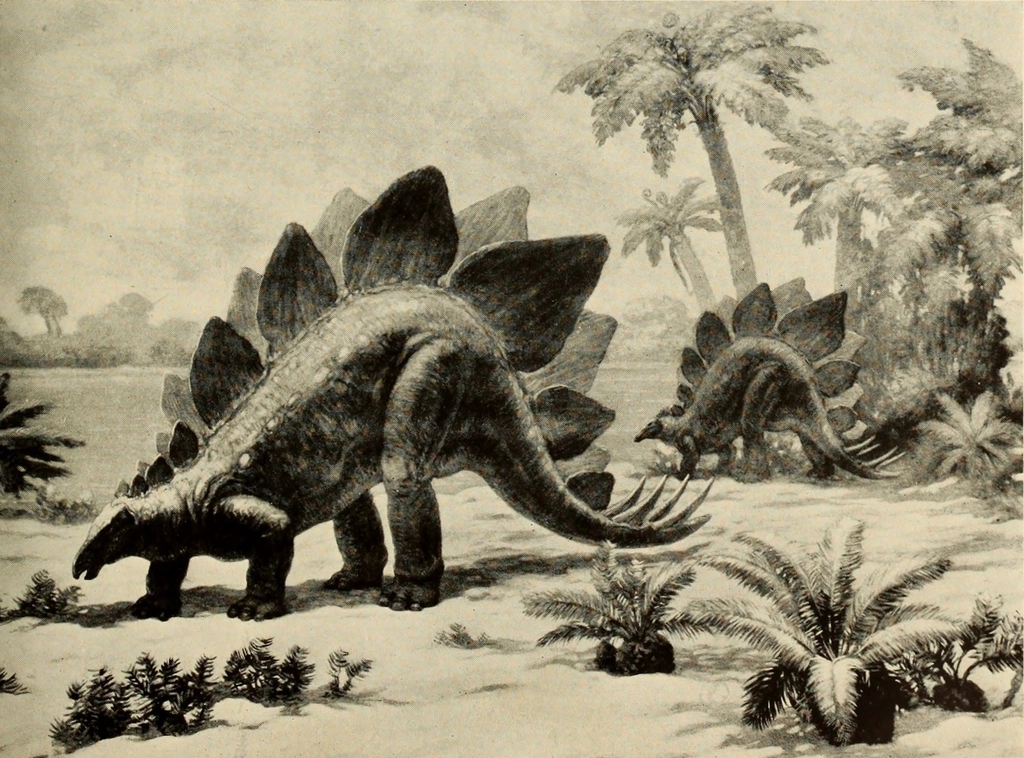
By the late Triassic, dinosaurs had begun to diverge into the major lineages that would define their evolutionary history. The three-way split between ornithischians (bird-hipped dinosaurs), sauropodomorphs (long-necked dinosaurs), and theropods (meat-eating dinosaurs) represents one of the most significant evolutionary radiations in vertebrate history.
Each lineage developed distinct adaptations for different ecological roles: theropods refined their predatory capabilities, sauropodomorphs expanded their size and herbivorous adaptations, and ornithischians began experimenting with various defensive strategies and feeding mechanisms. This early diversification laid the groundwork for the spectacular variety of dinosaur forms that would evolve over the following 165 million years.
The Triassic-Jurassic Transition
The end of the Triassic period was marked by another mass extinction event that dramatically altered the evolutionary landscape. The Triassic-Jurassic extinction eliminated many of the pseudosuchian archosaurs that had been dinosaurs’ primary competitors, opening up numerous ecological niches for dinosaur expansion.
This extinction event, likely caused by massive volcanic eruptions associated with the breakup of Pangaea, created the perfect opportunity for dinosaurs to transition from successful but secondary players to the dominant terrestrial vertebrates. The survivors of this extinction would inherit a world where dinosaurs could finally realize their full evolutionary potential and begin their reign as the masters of the Mesozoic Era.
Legacy of Triassic Dinosaur Evolution
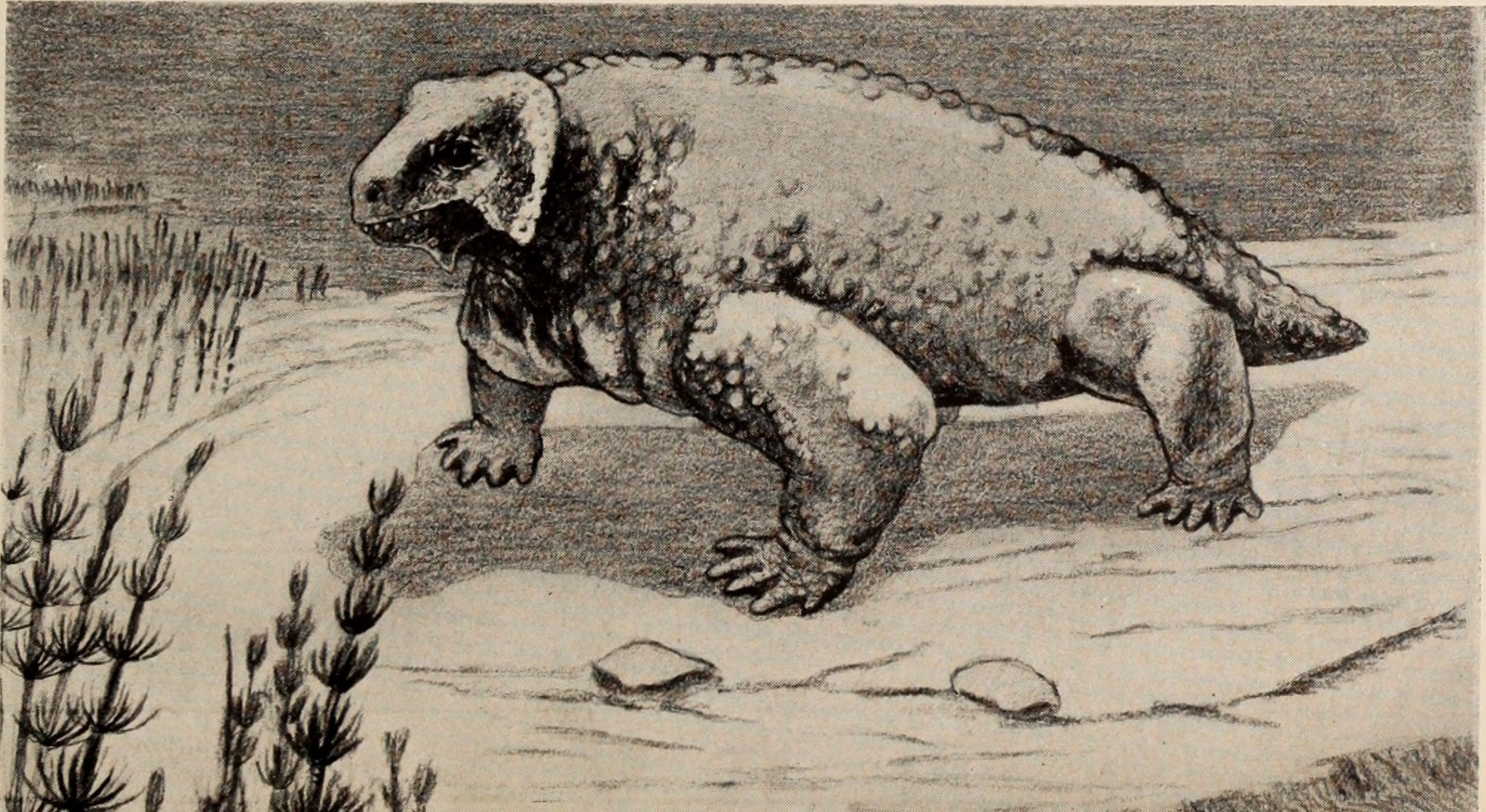
The evolutionary innovations and adaptations that emerged during the Triassic period established the foundation for all subsequent dinosaur success. The basic body plan, respiratory system, and locomotory adaptations developed during this crucial period would be refined and modified over millions of years but never fundamentally altered.
Understanding Triassic dinosaur evolution provides crucial insights into how major evolutionary transitions occur and how new groups establish themselves in existing ecosystems. The story of early dinosaurs demonstrates that evolutionary success often comes not from dramatic innovations but from the gradual accumulation of small advantages that eventually reach a tipping point. The humble beginnings of dinosaurs in the Triassic period remind us that even the most successful evolutionary stories often start with small, seemingly insignificant changes that compound over time into transformative adaptations.
The Triassic period stands as one of evolution’s most remarkable chapters, witnessing the humble origins of creatures that would dominate Earth for over 160 million years. From the ashes of the greatest mass extinction in Earth’s history emerged small, agile reptiles that possessed just the right combination of innovations to eventually conquer the world. These early dinosaurs, with their hollow bones, upright stance, and efficient respiratory systems, represent not just the beginning of dinosaur evolution but a testament to life’s incredible resilience and adaptability. What other evolutionary surprises might be hiding in the fossil record, waiting to reshape our understanding of life’s greatest success stories?

